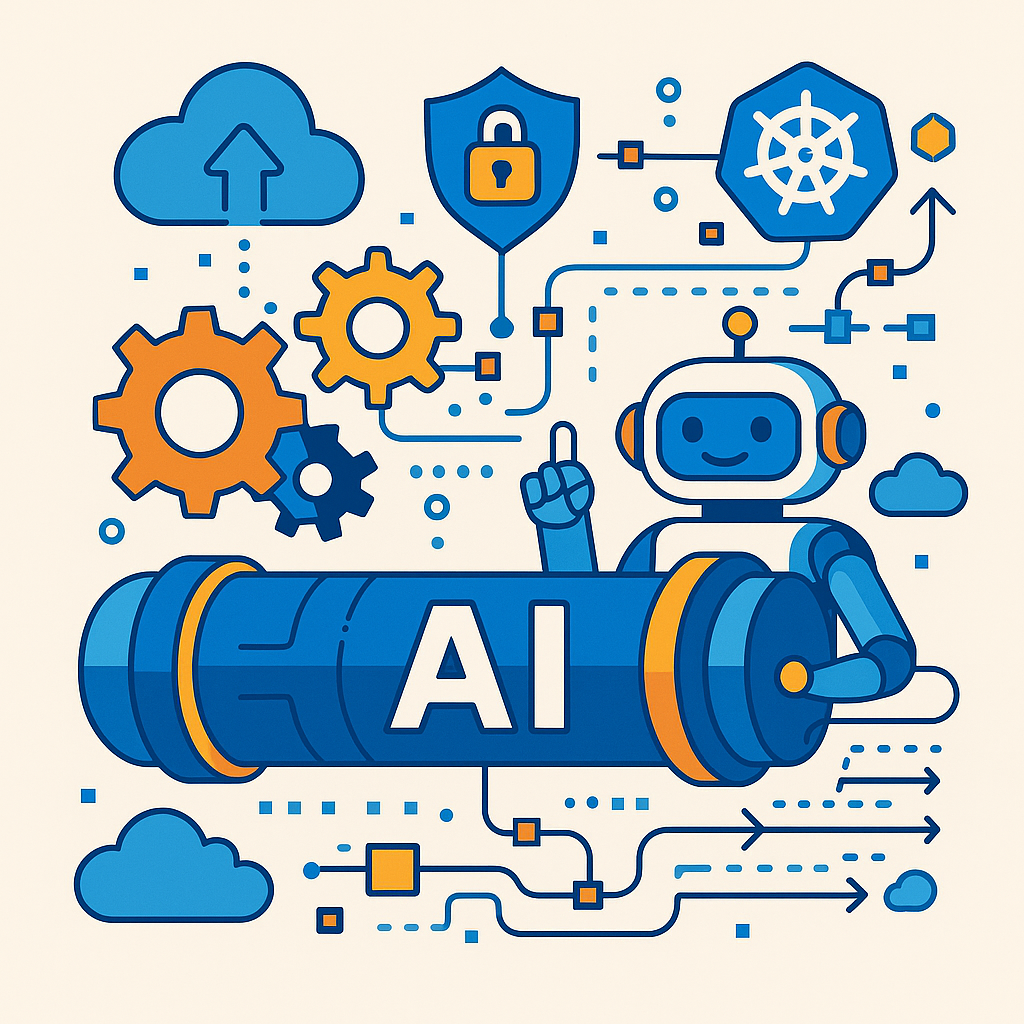January 1, 2025 7 min read

Generative AI has exploded in popularity, but the journey from "cool demo" to a reliable, scalable production system is fraught with challenges. Here's why it's harder than it seems.
1. Data Drift & Model Updates
Continuous Learning
Models degrade as real-world data shifts. You must establish retraining pipelines, version control for datasets, and automated triggers when performance drops below thresholds.
Governance
Ensuring data quality, labeling consistency, and bias mitigation over time requires robust monitoring and auditing.
2. Infrastructure Complexity
Orchestration
Deploying large language or diffusion models often involves Kubernetes, serverless functions, and specialized hardware (GPUs/TPUs). Stitching these into reliable, maintainable pipelines is nontrivial.
Cost Management
Spinning up GPU clusters for inference can blow budgets. You need autoscaling, spot instances, and efficient batching to control expenses.
3. Monitoring & Observability
Latency & Throughput
Tracking request latencies and throughput in real time is critical. Simple logging falls short—implement distributed tracing and metrics dashboards.
Error Handling
Generative models can hallucinate or produce unsafe content. Build layered validation, fallback strategies, and human-in-the-loop gates.
4. Scaling Inference
Batch vs. Real-Time
Batch generation is straightforward, but real-time interactive use demands low-latency architectures. Techniques like model quantization, GPU memory optimizations, and model distillation become essential.
Multi-Tenant Isolation
In shared environments, you must prevent noisy neighbors and ensure fair resource allocation.
5. Compliance, Security & Ethics
Data Privacy
Handling sensitive prompts and outputs requires encryption at rest/in transit, strict access controls, and audit logs.
Regulatory Requirements
Different jurisdictions impose varying rules on AI explainability, content filtering, and user consent.
Ethical Safeguards
Content moderation, bias detection, and transparency reports are no longer optional.
Conclusion
Productionizing GenAI is a multidisciplinary challenge that blends ML engineering, DevOps, data governance, and ethics. The "demo-to-deployment" gap is real, but with the right tools, processes, and mindset, it's absolutely conquerable.
Key takeaway: Treat GenAI production systems like any mission-critical service—plan for failure, automate everything, and never stop monitoring.